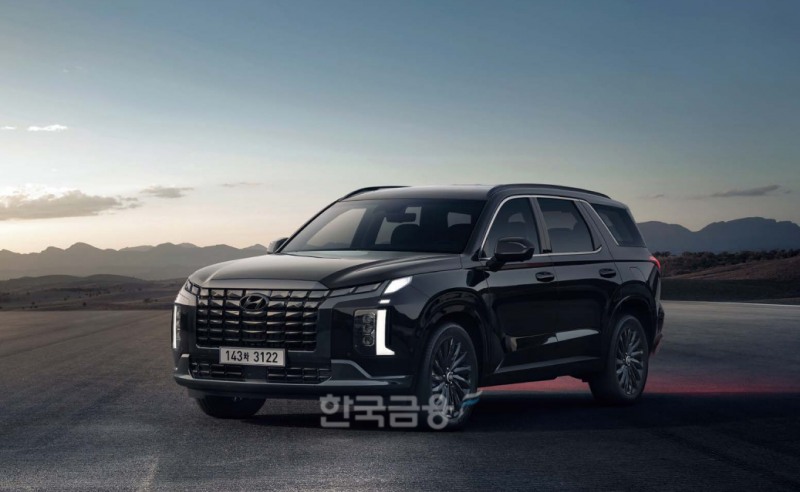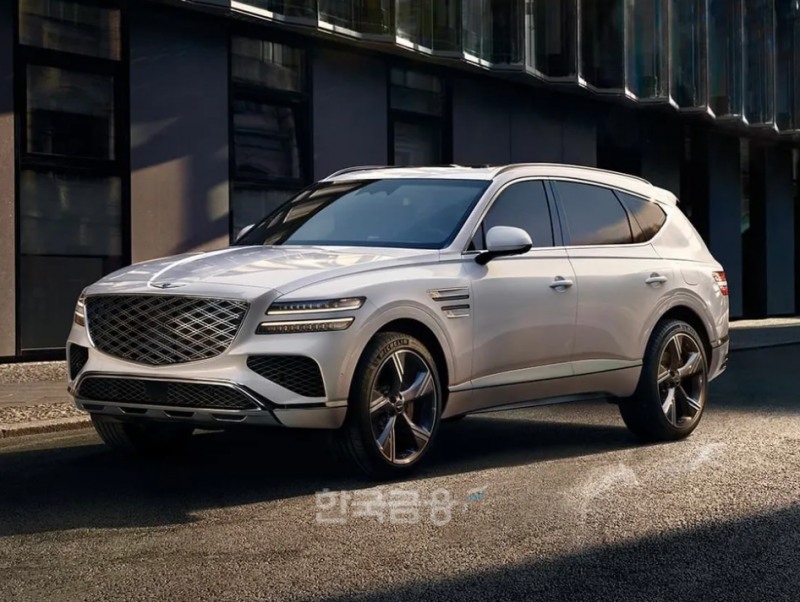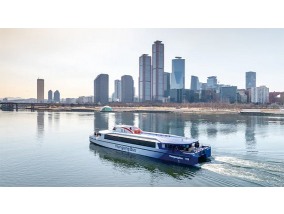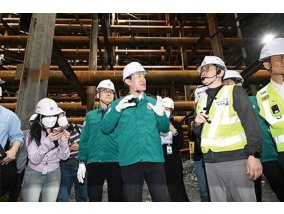 이미지 확대보기
이미지 확대보기A step too late in SUV conversion
Looking at the new cars released by Hyundai Motor Company and Kia Motors between 2014 and 2016, we can see that they focused on strengthening their strengths. They began installing downsized engines that improved fuel efficiency while increasing output performance in their main models.However, they were criticized for neglecting the development of new products that would lead the trend of changing from sedans to SUVs. For example, in Korea, Ssangyong Motor's Tivoli, which came out in 2015, led the compact SUV market, but Hyundai and Kia's compact SUVs, such as the Kona and Stonic, came out in 2017. This is evaluated as the reason why Hyundai and Kia suffered from sluggish global sales in the late 2010s.
The design was also approached somewhat conservatively. Representative new cars during this period include the Sonata (LF), Avante (AD), Grandeur (IG), K5 (JF), and K7 (YG). Perhaps because they received favorable reviews globally in the previous cycle, the exterior did not change much despite being a full model change. At the time, Hyundai Motor Company presented 'Fluidic Sculpture 2.0', which was a more refined version of 'Fluidic Sculpture' that emphasized natural curves, as its design philosophy.
Design and Platform Innovation
Hyundai and Kia’s strategy for the 2018 new car replacement period can be summarized as ‘Turn Over a New Leaf’. This is because the situation has changed significantly. There was a sense of crisis due to declining sales in major markets such as the US and China.The first thing they did was expand their new SUV lineup. They introduced large SUVs such as the Hyundai Palisade and Kia Telluride (North America). To respond to the popularity of compact SUVs, they also added models such as the Hyundai Venue and Kia Seltos. Genesis added SUV models such as the GV80 and GV70 to its lineup for the first time.
 이미지 확대보기
이미지 확대보기They also reestablished their design direction. Hyundai introduced ‘Sensuous Sportiness’ in 2018 and Kia introduced ‘Opposite United’ in 2021, respectively. Genesis emphasized brand differentiation by using the ‘two-line’ lamp with its logo as a family look. The development of a new 3rd generation platform (N3, M3, K3) that can implement a low stance and wide interior space has also improved design perfection and marketability.
Product competitiveness has led to performance. Hyundai Motor Company and Kia Motors have been writing their best annual performances every year since 2020.
‘Most in History’ Forecast
The global automobile market has entered a downturn this year. Global automobile industry demand in the third quarter decreased by 2.2% compared to the same period last year. This is due to concerns over an economic downturn and weakened consumer sentiment, and there are cautious predictions that demand recovery will not be easy next year.However, Hyundai and Kia have not lost their confidence. The basis for this is the new car cycle that will begin in earnest next year. New cars scheduled for full-scale change next year include volume models such as the Hyundai Palisade, Kia Seltos, and Telluride. They also plan to introduce models that did not previously exist, such as the Hyundai large electric SUV Ioniq 9, Kia pickup truck Tasman, and India-only light SUV Siros.
The key to next year’s new car cycle is next-generation hybrid technology. At the CEO Investor Day in August, Hyundai stated, “We plan to apply the next-generation hybrid system ‘TMED-2’ with significantly improved performance and fuel efficiency to mass-produced vehicles starting in January 2025.” The recent global situation of countries adjusting the pace of transition to electric vehicles is expected to provide an opportunity for Hyundai Motor Group, which is trying to expand its hybrid business.
Hyundai and Kia currently only have a 1.6 gasoline turbo-based hybrid system suitable for mid-sized and mid-sized vehicles. The next-generation hybrid system is expected to expand the range of vehicle applications from compact to large vehicles. The hybrid mass-produced vehicle Hyundai mentioned in January next year is expected to be the second-generation Palisade, which will be equipped with a 2.5 gasoline turbo hybrid system.
Hyundai CFO Lee Seung-jo said, “The situation is not easy,” but added, “The promised mid- to long-term operating profit rate of 8-9% is still valid.” Kia CFO Vice President Joo Woo-jung said, “Kia will release the most new cars in its history in 2025-2026,” and added, “If product competitiveness is the foundation, high profitability will continue to follow.”
Gwak Horyung (horr@fntimes.com)
가장 핫한 경제 소식! 한국금융신문의 ‘추천뉴스’를 받아보세요~
데일리 금융경제뉴스 Copyright ⓒ 한국금융신문 & FNTIMES.com
저작권법에 의거 상업적 목적의 무단 전재, 복사, 배포 금지








![용산구 ‘나인원한남’ 88평, 9억 상승한 167억원에 거래 [일일 아파트 신고가]](https://cfnimage.commutil.kr/phpwas/restmb_setimgmake.php?pp=006&w=284&h=214&m=5&simg=2025071010042800278b372994c952115218260.jpg&nmt=18)










